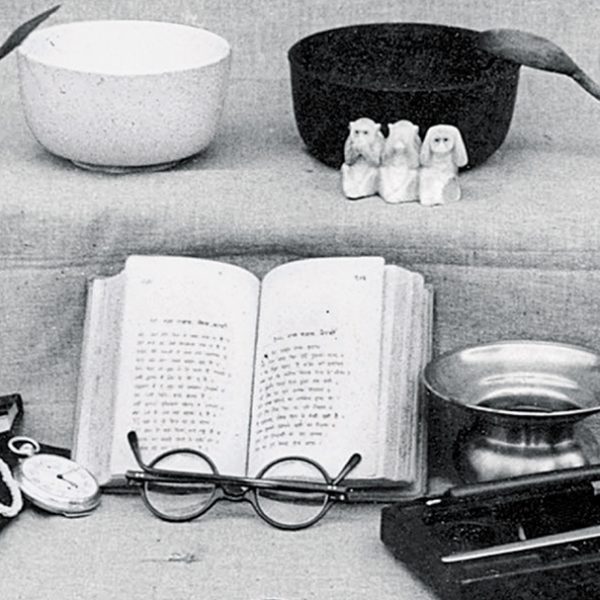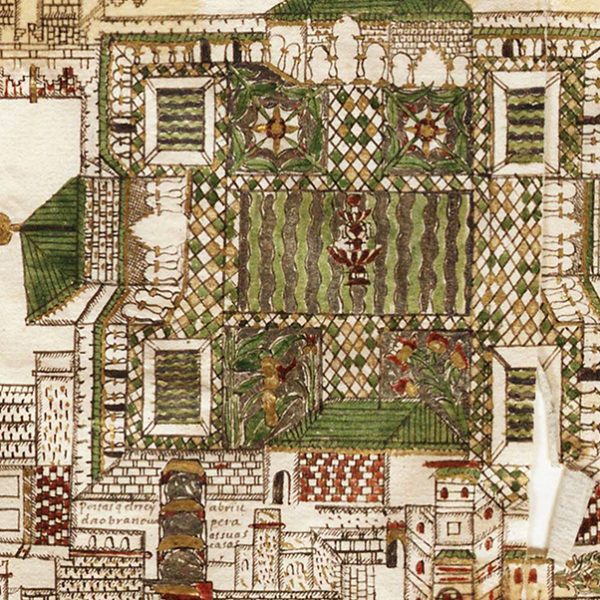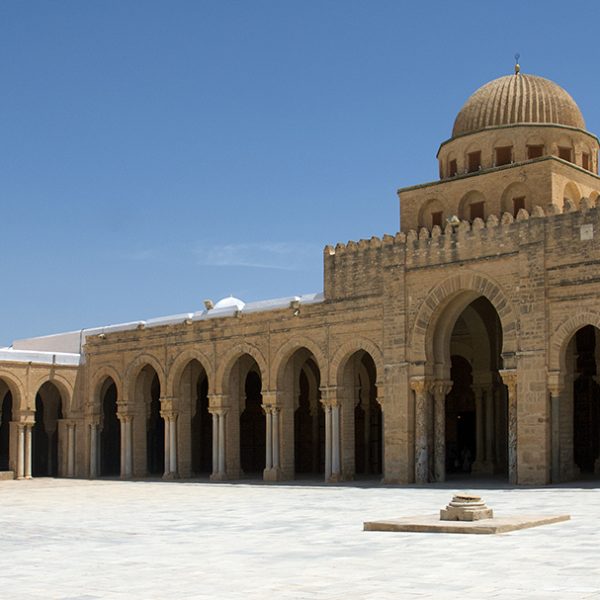The A&AePortal
Launched in 2019, the A&AePortal is an authoritative resource that features important works of scholarship in the history of art, architecture, decorative arts, photography, and design. With its innovative features and user-friendly reading experience, the site offers students and scholars an engaging experience, encourages critical thinking skills, and supports rigorous academic study. The platform—especially beneficial for online coursework and remote learning—can dynamically transform research and publishing in the academic disciplines it represents.
Patricia Fidler, Executive Director of the A&AePortal—
Working on the A&AePortal presents many engaging opportunities—among them, for me, is selecting the content. This has allowed me to take a deep dive into YUP’s classic and distinguished list of art and architecture books, including out-of-print books published decades ago. Many of these exceptional publications not only deserve to reach a new audience, which the platform is designed to accomplish, but often focus on topics that are keenly relevant today.
One such book is the subject of this post: Sylvia Ardyn Boone’s Radiance from the Waters: Ideals of Feminine Beauty in Mende Art. Originally published in 1986, this groundbreaking volume looks at the Sande Society of the Mende in Sierra Leone, a prominent secret female society that both guards and transmits the ideals of feminine beauty comprising the fundamental aesthetic criterion in their culture. At the time of publication, reviews highlighted its significance: a “major contribution to our ethnographic understanding of Mende culture;” “an extended meditation on notions of beauty and decorum and the way in which these can be translated simultaneously into art and . . . advancement for women;” “the first text to illuminate the power of the feminine aesthetic in West African art.”

While exploring Radiance from the Waters, I also learned about the book’s extraordinary author. Boone graduated from Brooklyn College and earned a master’s degree in social sciences at Columbia before studying at the University of Ghana, where she struck up friendships with visiting Black Americans, including Malcolm X, Maya Angelou, and W.E.B. Du Bois. Boone came to Yale University in 1970 as a visiting lecturer in Afro-American studies, after which she stayed on to become the first person of African descent to earn a Ph.D. in the department of art history. Boone then joined the Yale faculty in 1979, where she taught courses in art history and Afro-American studies, specializing in African art, female imagery, and women’s arts and masks. She was promoted to associate professor and in 1988 became the first woman of color to be granted tenure at Yale University.
Boone passed away in 1993 while still in her 50s. In order to secure the necessary rights to republish Radiance from the Waters, I needed to locate Boone’s literary executor. With the help of Yale’s development office, I contacted Vera Wells. As one of the first women undergraduates at Yale College in 1969, Wells had proposed the “Black Woman” residential college seminar at Timothy Dwight College, which resulted in Boone being recruited to Yale to teach it in the fall of 1970. Boone and Wells then went on to organize the historic Chubb Conference on the Black Woman, which brought Maya Angelou, Gwendolyn Brooks, and Shirley Graham Du Bois to campus that December. Wells and Boone became dear friends, and Wells handled her estate. Wells was determined that her mentor’s intellectual contributions and visionary insights continue to circulate around the world. In 1994, Wells endowed the Boone Memorial Prize at Yale, an award that is presented annually at the University’s commencement convocation for the best dissertation, master’s thesis, or graduate essay dealing with African or African American artistic, cultural and/or historical issues. Wells also endowed the Yale College scholarship in Boone’s name so that undergraduates would continue to be inspired by Boone’s impact.

Wells graciously encouraged the idea to republish the book, and shared information with me on the author’s life and accomplishments.
“Sylvia Ardyn Boone was a woman with amazing wisdom, caring kindness, and thoughtful generosity of spirit who graced my life as my teacher—and then allowed me the privilege of becoming her friend. She had such wide-ranging knowledge and catholic tastes that I seemed to learn new and exciting information during every conversation! Whether commenting on the day’s news, foreign films, jazz, opera, or the latest popular books, Sylvia always had a special insight or analytical critique. However, she was especially well-versed on African and African American history, culture, and artistic issues. I’d love for us all to benefit from her synthesis of what’s happening in our current world situation, here in the U.S. and on the broader global stage.
I am thrilled that Radiance from the Waters has become newly available on the A&AePortal—not only to the scholarly community of academicians like Robert Farris Thompson, Farah Jasmine Griffin, and Deborah Willis, who have cited her work in the past, but also to anyone interested in learning about the ideas and ideals of beauty.”

Radiance from the Waters also features some beautiful photographs of Mende women, which were taken by Rebecca Busselle. In time, I located the photographer to request permission to include them on the ePortal. Not only did Busselle willingly agree, but she also generously offered to provide new high-resolution files of the original photographs, some of which you see reproduced here. These photographs bring us intimately into the Sande society, and help us to further understand the import of these compelling women and their culture that Boone was devoted to understanding and sharing. Busselle also reminisced with me about the project and the arduous task of making photographs in West Africa. Here she describes a trip during which she created the images for Radiance from the Waters:
“We arrived in Sierra Leone in the fall, 1972 from Manhattan, where with three children to tend I’d never had a darkroom. In Bo, 1973, I discovered I could buy a Russian enlarger, chemicals and (sometimes) photographic paper in Freetown, 5 rugged hours away. With an air conditioner purloined from the Peace Corps I set up a darkroom where I developed film and made prints when we had running water, usually between 5-8 AM. I photographed as much as supplies permitted until we left, in the fall of 1975. If I could, I’d give the names of everyone I photographed as well as the dates, since they were friends and neighbors, or folks in nearby villages, and deserve to be acknowledged.”
I have the A&AePortal to thank for the opportunity to learn about all of these exceptional women—Boone, Wells, Busselle, and the Mende women of Sierra Leone—and I am eager for others to discover their histories and contributions.
All photographs ©Rebecca Busselle
More About A&AePortal
While digital publications have become mainstream for many academic disciplines, electronic resources and research options for art and architecture publications is lacking. With the support of The Andrew W. Mellon Foundation, Yale University Press developed the A&AePortal, which now provides students and scholars of the histories of art and architecture a centralized portal through which they can access content from many leading publishers. Publishing partners are the Art Institute of Chicago; Bard Graduate Center; Bowdoin College Museum of Art; Dallas Museum of Art; Harvard Art Museums; Hutchins Center for African and African American Research, Harvard University; MIT Press; Museum of Fine Arts, Boston; Museum of Fine Arts, Houston; National Gallery of Art, Washington, D.C.; Paul Mellon Centre for British Art; Philadelphia Museum of Art; Princeton University Press; Terra Foundation for American Art; Yale Center for British Art; and Yale University Art Gallery. The A&AePortal is currently open in the US, Canada, UK, Australia, and New Zealand.



























